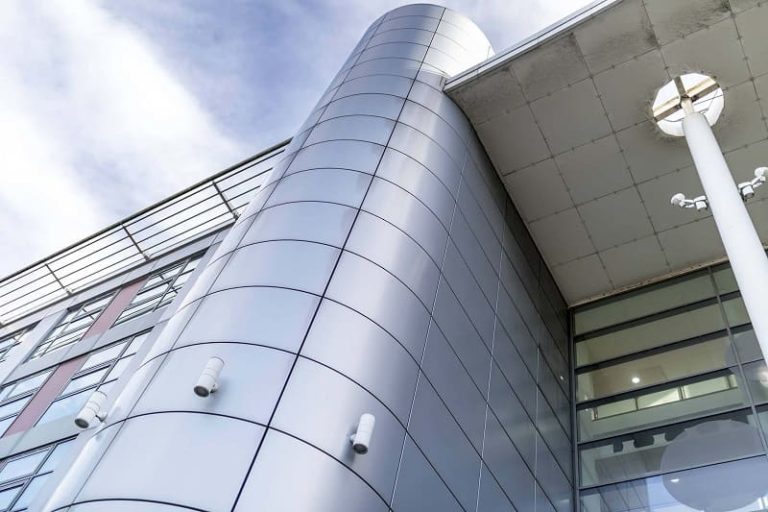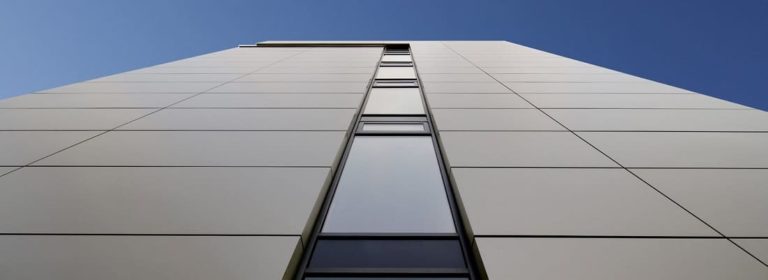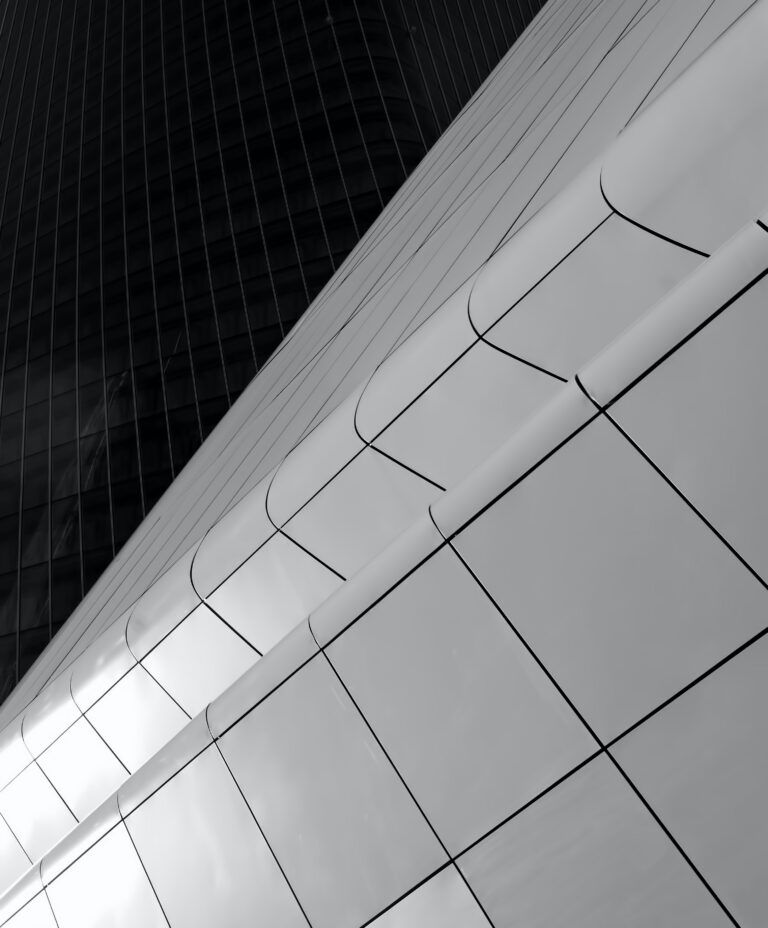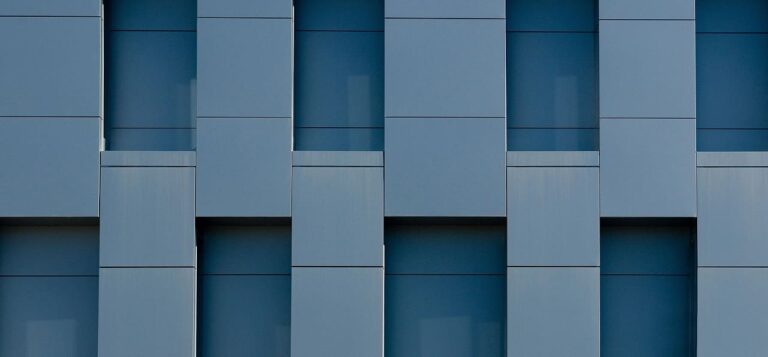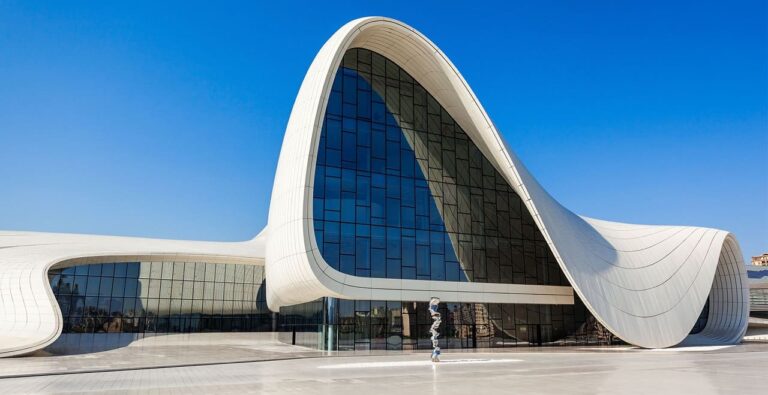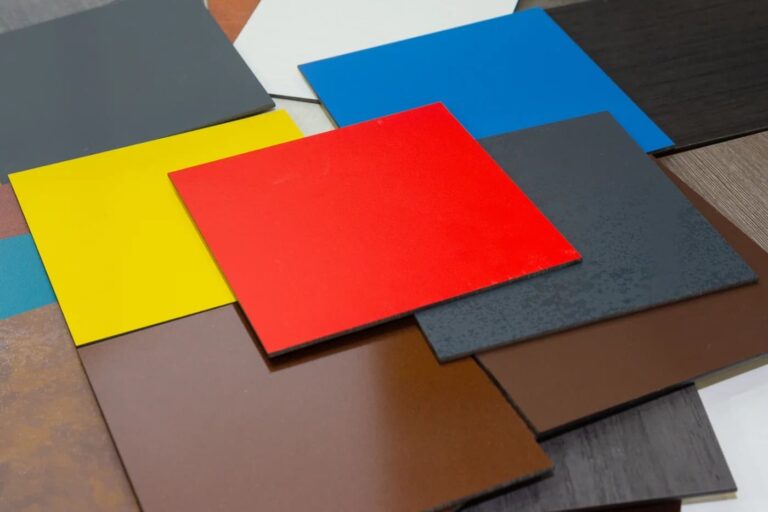Aluminium composite panel or ACP has gained popularity in the construction industry over the years, and for good reason. ACP is energy-efficient, affordable, and aesthetically pleasing. It is a great architectural solution.
The price of aluminum composite panels is a common question for people looking to construct, rehabilitate, or renovate their building’s facades. This article will discuss what you need to know about ACP, especially how it is priced.
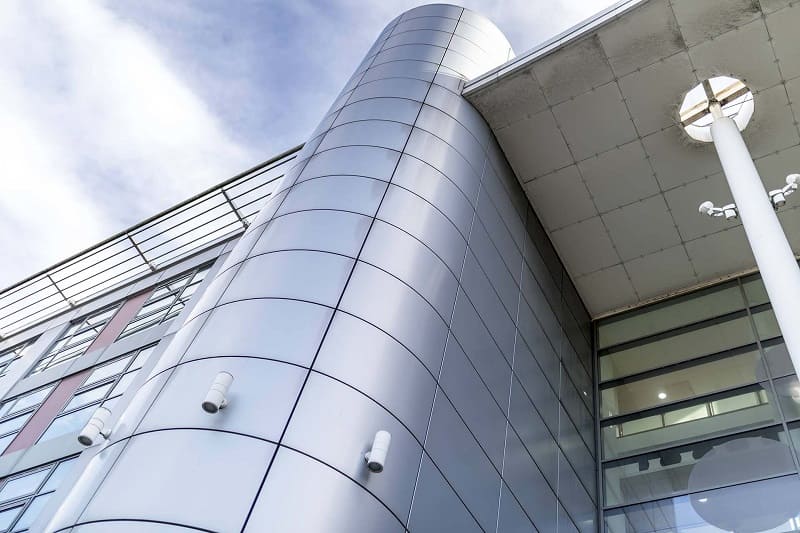
Aluminium Composite Panel: What Is It?
ACPs are two aluminium sheets that are held together by a thermoplastic core made up of polyethylene. Due to its low density, high resistance to corrosion, and its conduction properties, ACPs are a popular choice for many industrial applications. They are especially ideal for exterior cladding systems.
As a cladding material, it is used to cover a building’s façade to protect the building against weather and to give it a modern and chic finish. While ACPs are usually applied to exterior design, it is also being used for interior design.
ACPs have several variations. The most commonly used type is the Alucobond. Alucobond is made up of two aluminium cover sheets with a core layer of polyethylene. Alucobond is the ideal material for exterior façade cladding, fascias, and roof edges because it is:
- weather resistant,
- shock-resistant,
- durable,
- easy to installation,
- very smooth,
- flexible, and
- versatile.
Benefits of Using Aluminium Composite Panels
Construction materials must be lightweight and easy to use. That is what makes ACPs a great construction solution. Here are some of the benefits of ACPs.
- low price
- lightweight
- easy to cut and shape
- can come in any color and easily imitate other construction materials like wood
- very durable
- resistant to rot, rust, and corrosion
- resistant to moisture and sun
- easy to maintain and clean
The popularity of aluminium composite panel in Sydney has skyrocketed because of these advantages.
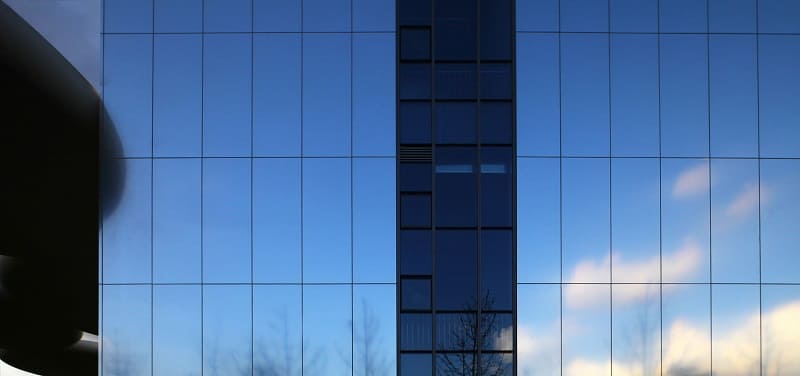
How the Price of Aluminum Composite Panels is Formed?
Many factors affect the price of ACPs. The most important ones are listed in this section.
- Thickness – The thickness of the ACP vary and can be customized to fit the client’s needs and the construction project. For instance, exterior walls must be between 0.2mm to 4mm thick. Indoor panels must be between 0.1mm to 3mm. Other applications have thickness requirements. The ACPs’ thickness is an important factor for pricing.
- Surface Coating – ACP coating can either be polyester (PE) or fluorocarbon (PVDF). PE is mostly used for indoor and decorative applications while PVDF is used for exteriors and other harsher environments. PVDF coated ACPs are relatively more expensive than PE ones.
- Core Material – The interior mineral core composition of the ACPs will significantly affect its price. The types of core material are thermoplastic resins (ventilated facades, corporate images, stands and exhibitions, and other outdoor applications), thermoplastic resins with mineral charge (fire-retardant and suitable for most architecturalapplications), or mineral core (fire-retardant and non-combustible and used for exterior building cladding applications). The last two types of core materials are significantly more expensive than the first.
- Other Factors – While prices vary depending on the manufacturers; other factors such as labor costs, management costs, transfer costs, etc. also affect the price of aluminum composite panels.
The durability, aesthetic qualities, ease of use and maintenance, and the price of aluminum composite panels, make ACPs a fantastic solution to all your architectural projects.



